Outcomes from out-of-hospital cardiac arrest in nursing and care homes: a cohort study
Emergency Medicine Journal
MARCH 25, 2025
Nursing homes are staffed by healthcare workers, able to respond immediately to cardiac arrest, including provision of bystander cardiopulmonary resuscitation (CPR). We aimed to describe the characteristics, treatments and outcome of individuals sustaining an OHCA in nursing and care home settings in England.

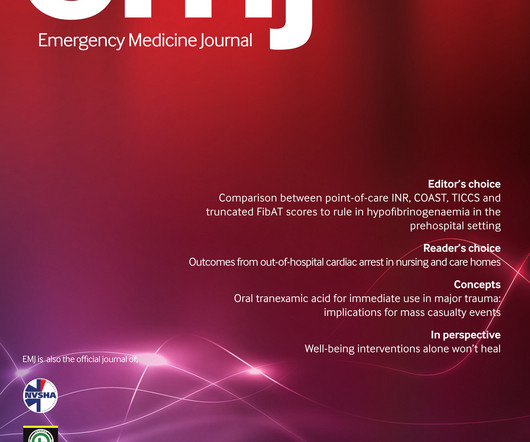




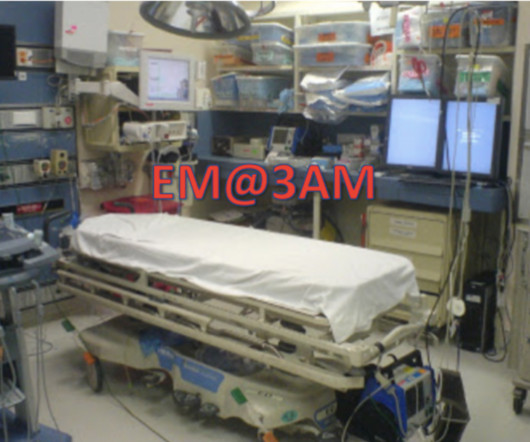





















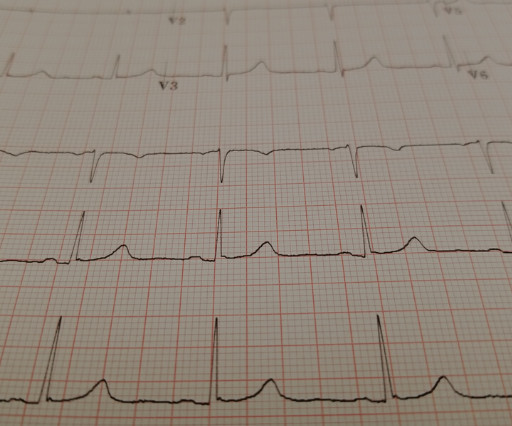





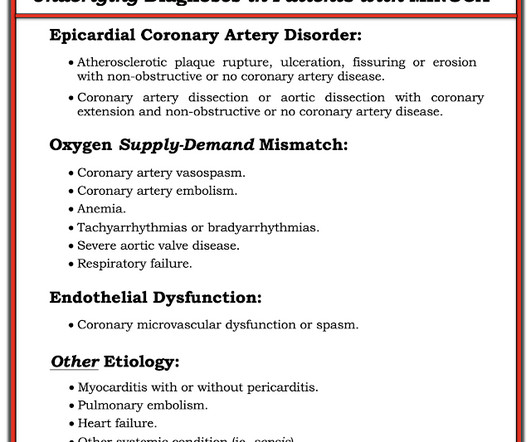
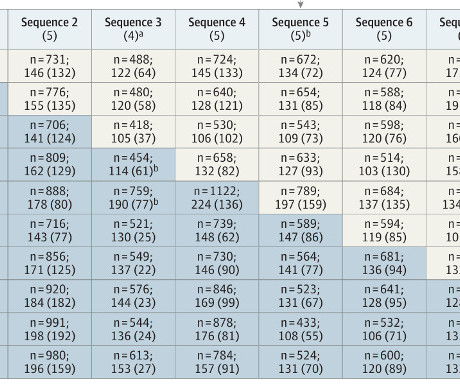







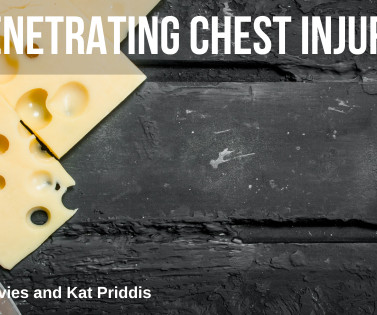






Let's personalize your content